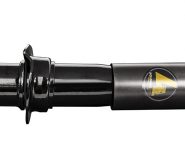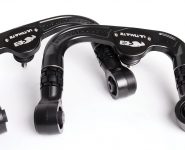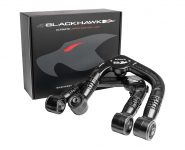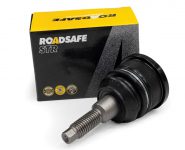ENSURING LONGEVITY OF RUBBER AND METAL BONDED SUSPENSION BUSHINGS
Leading steering and suspension supplier Roadsafe offers the following guide
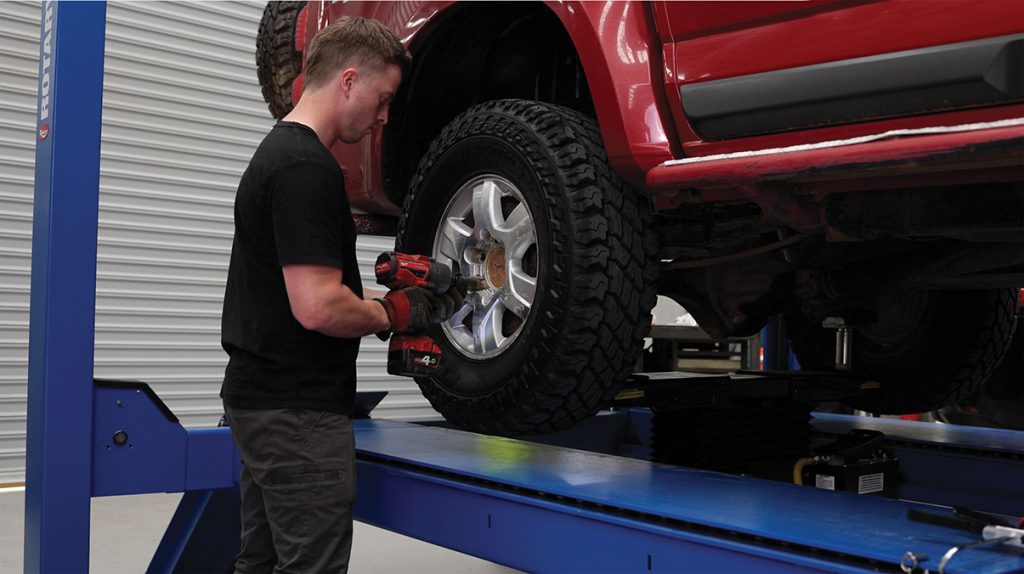
Roadsafe, with its legacy of more than 40 years, says it continues to be an authority in the design, manufacturing and supply of superior steering and suspension products in Australia.
As the automotive industry enters an era of rapid evolution, suspension designs and innovations are at the forefront of this change.
One development that has attracted attention in modern vehicles over time are rubber and metal bonded suspension bushings.
To maximise efficacy and extend lifespan, it is critical that they are installed on the vehicle either individually or as a preinstalled component of a complete component, using the correct procedures.
Rubber/metal bonded suspension bushings in enhancing vehicle handling:
Rubber/metal suspension bushing designs are being utilised by automotive engineers to build certain handling characteristics into vehicles.
These bushings are instrumental in contributing to the vehicle’s overall stability and responsiveness.
Consequently, adhering to the correct installation procedures is of utmost importance, not just for the longevity of the bushings, but also for peak vehicle performance and safety.
Understanding the operating range:
It is essential to understand that all rubber/metal bonded suspension bushings have a specific operating range.
Often forming an integral part of control arms or idler arms, these bushings play a pivotal role in aiding return-to-centre characteristics.
Being aware of the operating range is key to ensuring that the bushings perform efficiently and without unnecessary strain.
The importance of Normal Ride Height (NRH):
An indispensable aspect of the installation process is tightening the bushings at Normal Ride Height (NRH), or more accurately, at New Ride Height.
This entails tightening the bushings when the suspension is in a position akin to that during normal driving conditions.
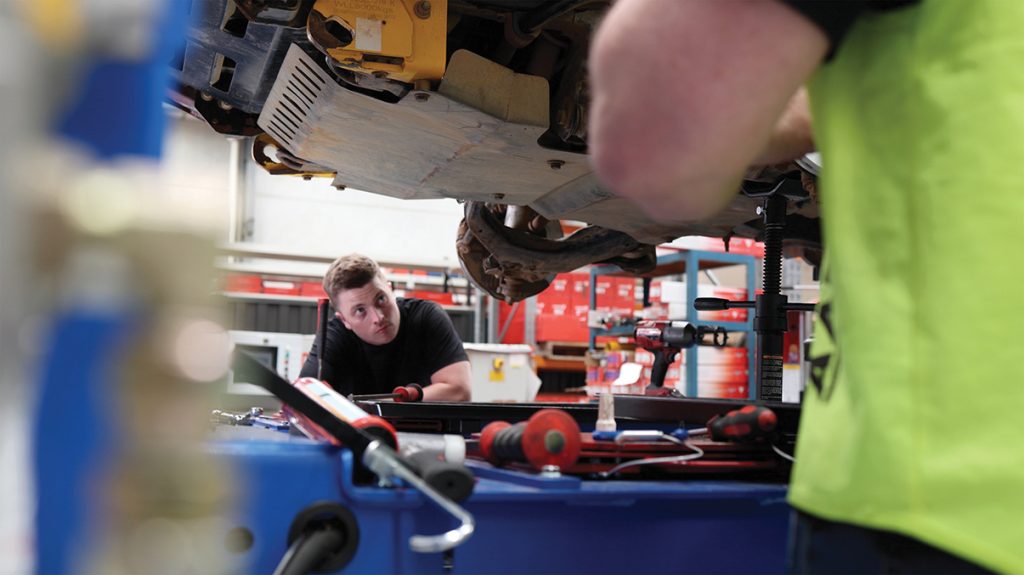
Avoiding the full droop pitfall:
A common mistake that can have damaging consequences is tightening the control arms with bonded metal rubber bushings when the suspension is at full droop.
Such a practice severely limits the bushing’s ability to cycle through the full range of suspension travel, leading to premature wear and potentially bushing failure.
Attaining the neutral position:
For optimal longevity of suspension control arm bushings, it is recommended to initially loosen all suspension mounting bolts.
This enables the arms and bushings to reach a neutral position, wherein the rubber component of the bush is relieved of any binding or torsional tension.
Such a position ensures that the bushing is capable of moving within its designated range of motion, which in turn leads to a longer operational life.
As an industry leader in the steering and suspension sector, Roadsafe emphasises the significance of upholding best practices during the installation of rubber and metal bonded suspension bushings.
Ensuring that these bushings are tightened at the appropriate height and in a neutral position free of undue tension, can considerably improve their lifespan, overall vehicle handling, and safety.
Roadsafe says you can “trust in the expertise and knowledge that Roadsafe brings to the table for all steering and suspension requirements, safeguarding both the vehicle and its passengers.”
For more information, visit www.roadsafe.com.au or call 03 8687 1700.



